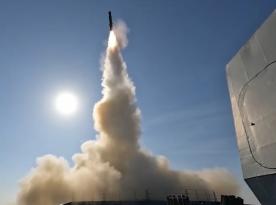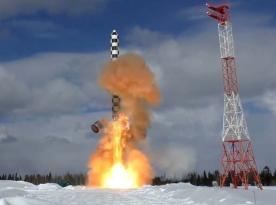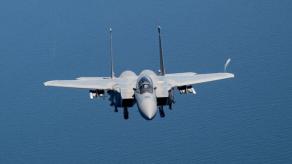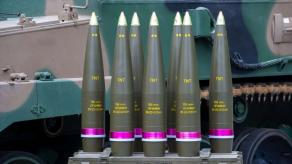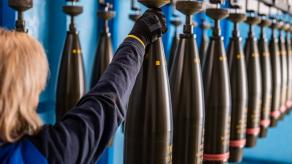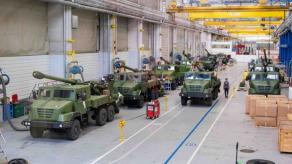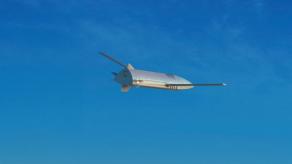The Norwegian Intelligence Service has officially confirmed that russia conducted a test launch of the 9M730 Burevestnik nuclear-powered cruise missile, which this time "flew significantly farther than in previous attempts". The launch reportedly took place from the Novaya Zemlya test range, a site historically associated with Soviet and russian nuclear experimentation.
The confirmation adds weight to Moscow's earlier claims that the Burevestnik missile flew for 14,000 kilometers over 15 hours on October 21, a statement initially met with skepticism. Russia has long promoted the Burevestnik missile as a "limitless-range" strategic weapon, powered by a nuclear ramjet engine that, in theory, could remain airborne for days and bypass traditional missile defense systems. However, the project has been plagued by failures and international concern over potential radioactive contamination.
Read more: Ukrainian Drones Strike Belgorod Dam, Flood russian Positions and Cut Supply Lines Near Vovchansk
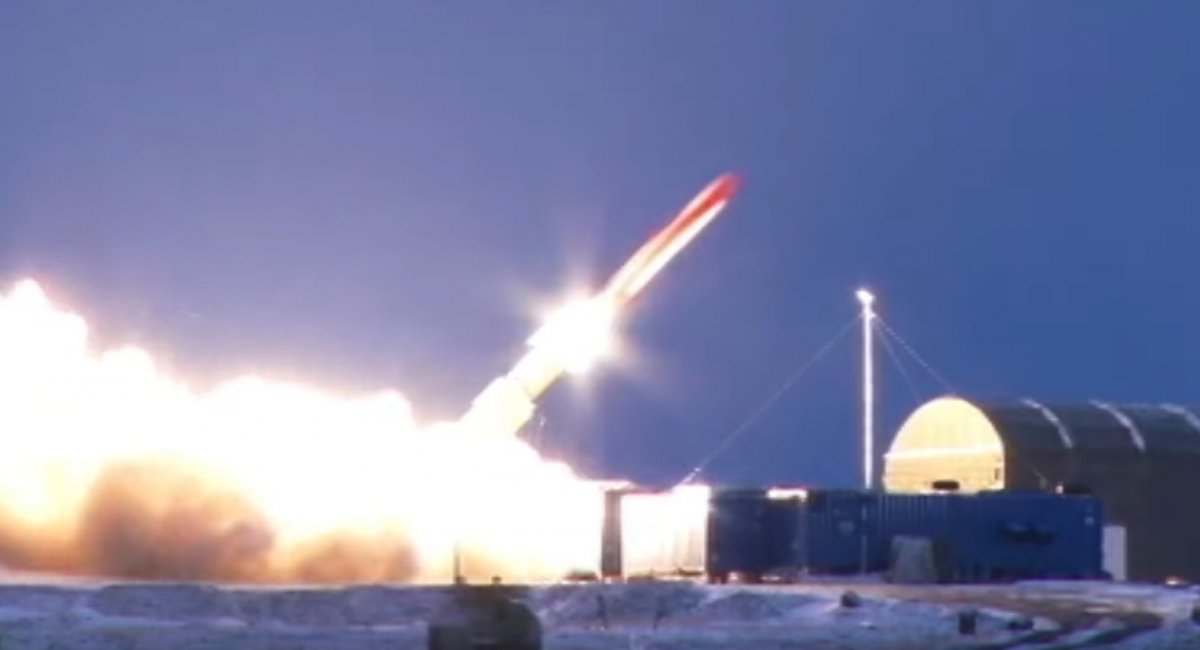
At the heart of the skepticism is the propulsion technology itself. A nuclear ramjet engine, in its simplest form, works by forcing incoming air through a reactor's active core, heating it to over 1,000°C to generate thrust, effectively creating a radioactive exhaust.
The concept is not new: the United States explored it in the late 1950s under Project Pluto, which aimed to develop the SLAM (Supersonic Low Altitude Missile). The missile was to be coated in gold to withstand the radiation, but the program was ultimately canceled due to uncontrollable safety risks.
Norwegian intelligence monitors all russian nuclear activity in the Arctic with high precision and routinely detects even minimal radiation spikes. Yet, following this test, Oslo has reported no abnormal radiation levels. Analysts suggest two possible explanations: either the radioactive plume from the test has not yet reached Norway, or russia may have used a different propulsion configuration, specifically, a closed-loop nuclear thermal system.

In a closed-cycle design, the air is not exposed directly to the reactor's core. Instead, it is heated indirectly via a heat exchanger using a liquid-metal coolant such as lead-bismuth. The Soviet Union previously developed such compact reactors for submarines, notably for the experimental K-27 and later for the Project 705 (Lira) class. While the technology offered impressive power density, it required constant maintenance and temperature control to keep the coolant from solidifying.
Maintaining a liquid-metal reactor is notoriously difficult. The bismuth-lead mixture must remain above 125°C; if it cools and solidifies, the reactor's entire piping system becomes clogged and irreparably damaged. This complexity led to the eventual retirement and scrapping of all Soviet submarines equipped with such reactors.
However, for a cruise missile, this limitation becomes irrelevant. The reactor in the Burevestnik missile would be designed for single-use operation, activated once to sustain the missile's only flight. This removes the logistical issues of long-term reactor maintenance but does nothing to mitigate the environmental and safety concerns associated with testing such a weapon.
Read more: Burevestnik Returns: russia Tests Its "Unlimited-Range" Nuclear-Powered Cruise Missile Again





